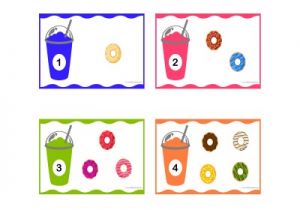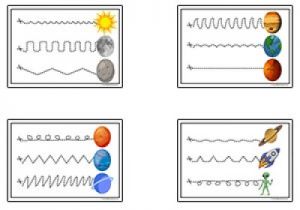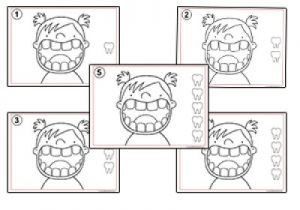

This template is designed to help educators meaningfully capture and communicate the richness of children’s learning.
This template is designed to support educators in making sense of everyday practice, complex decisions, and emotionally charged moments.
Here’s a streamlined set of weekly reflection questions designed for educators to use quickly—whether during team check-ins, solo journaling, or embedded in documentation cycles. They’re emotionally intelligent, trauma-informed, and adaptable across age groups and settings.
This template can be used as a daily diary to showcase the experiences that took place throughout the day.

Doughnut Counting is a counting activity where children need to recognise and identify the number...
View Worksheet...
Planet Cutting Lines enable children to cut along different types of lines to practice their...
View Worksheet...
Children can practice counting from 1 to 10 with these fun teeth counting worksheets. Children...
View Worksheet...© 2009-2025 Aussie Childcare Network Pty Ltd. All Rights Reserved.

